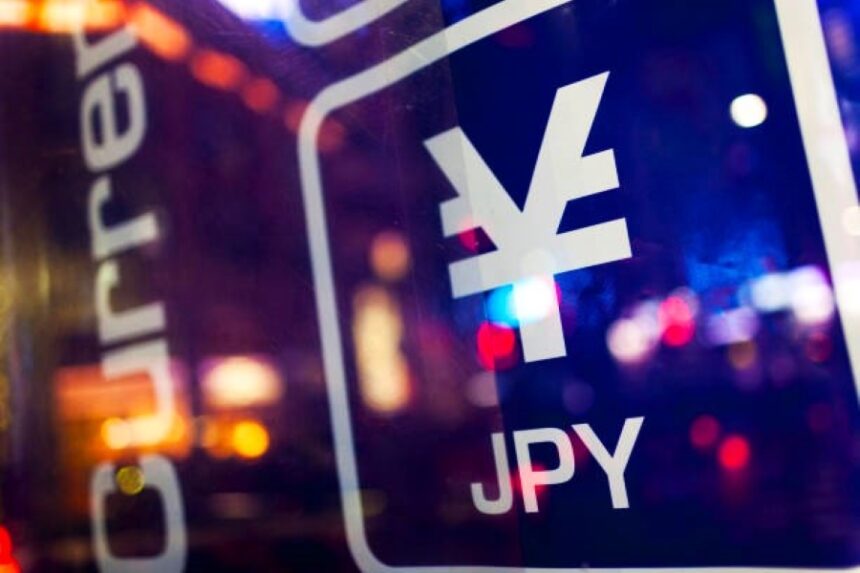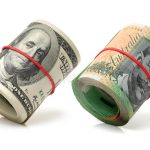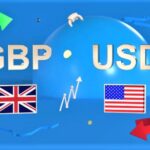Japanese yen is falling despite a hawkish attitude surrounding the Bank of Japan’s policy outlook.
On Tuesday, the Japanese yen (JPY) fell against the US dollar for the second day in a row. However, the downside of the JPY may be limited due to the hawkish environment surrounding the Bank of Japan (BoJ).
The JPY fall could be limited since traders expect the Bank of Japan to raise interest rates further.
Furthermore, the USDJPY pair is under pressure due to divergent statements from the Bank of Japan and the Federal Reserve (Fed) regarding their policy outlooks. BoJ Governor Kazuo Ueda stated in Parliament on Friday that the central bank may hike interest rates further if its economic estimates are correct.
US Fed Chair Powell hinted at a rate cut shortly, putting downward pressure on the US dollar.
Meanwhile, at the Jackson Hole Symposium, Fed Chair Jerome Powell said. “The time has come for policy to adjust.” Powell did not, however, say when or how much the rate decreases would be. In addition, San Francisco Federal Reserve President Mary Daly remarked in an interview with Bloomberg TV on Monday. That “the time is upon us” to begin decreasing interest rates, most likely with a quarter-point reduction.
Daily Digest Market Movers: Despite a hawkish BoJ, the Japanese yen creeps down.
According to the CME FedWatch Tool, markets are fully anticipating at least a 25 basis point (bps) rate drop by the Fed Reserve during the September meeting.
Shunichi Suzuki, Japan’s Finance Minister, noted on Tuesday. That monetary policies, interest rate differentials, geopolitical threats. And market sentiment all have an impact on foreign exchange prices. Suzuki stated that it is difficult to foresee how these factors may affect foreign exchange rates.
US Durable Goods Orders increased by 9.9% month on month in July. Rebounding from a 6.9% decrease in June. This increase much exceeded the predicted 4.0% increase, marking the highest gain since May 2020.
Bloomberg reported on Friday. That Philadelphia Fed President Patrick Harker stressed the need for the US central bank to gradually reduce interest rates. Meanwhile, Reuters reported that Chicago Fed President Austan Goolsbee stated. That monetary policy is currently at its most restrictive, with The Fed is now focused on meeting its employment mandate.
Governor Kazuo Ueda of the Bank of Japan (BoJ) told the Japanese parliament on Friday that he is “not considering selling long-term Japanese government bonds (JGBs) as a tool for adjusting interest rates.” He stated that any reduction in JGB purchases would only account for 7-8% of the balance sheet, which is a negligible decrease. Ueda went on to say that if the economy performs as expected, there may be a period in which interest rates are raised somewhat.
Japan’s National Consumer Price Index climbed by 2.8% year on year.
In July, Japan’s National Consumer Price Index climbed by 2.8% year on year, sustaining the rate for the third straight month and reaching its highest level since February. Additionally, the National CPI excluding Fresh Food increased by 2.7%.The highest reading since February is consistent with forecasts.
The US Composite PMI fell to 54.1 in August, a four-month low, from 54.3 in July, but it still above market estimates of 53.5. This demonstrates sustained expansion in US business activity, with 19 consecutive months of growth.
According to the FOMC minutes from July’s policy meeting, most Fed members agreed last month that they would likely lower their benchmark interest rate at the September meeting as long as inflation remained low.









